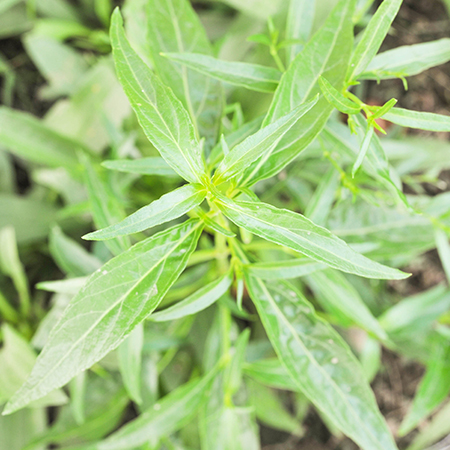-
About Us
button

Dabur India Limited is a leading Indian consumer goods company with interests in Hair Care, Oral Care, Health Care, Skin Care, Home Care and Food & Beverages.
-
Our Brands
button

Dabur presents a range of Herbal & Ayurvedic Personal Care products, created to make you look and feel good. Bringing together the gentle touch of nature and Ayurveda's wisdom .
-
Investors
button

Read our recent and archived releases, quarterly results, annual reports and financial statements. Initiatives Investor Centre.
-
Newsroom
button

Welcome to Dabur Media Centre. In this section, you’ll find our latest Press Releases arranged in a chronological order. The Press Releases have been further
-
Ayurveda & you
button

Our curated Collection of Ayurvedic knowledge for you. We at Dabur are working towards helping people lead a healthy and balanced life.
-
Sustainability
button

Dabur has been engaged in community development activities since 1994 and is committed to making a positive contribution to the communities where we source, live, work and sell our products.
-
Join Us
button

At Dabur, we are very passionate about winning and this has been engrained in DNA of the organization.
-
Support
button
- Home > Ayurveda & you > Ayurveda & Science > Ayurvedic & Medicinal Plants
Ayurveda and Science
Dhaniya/धनिया/Coriandrum Sativum/Coriander/Dhanyaka
AYURVEDIC & MEDICINAL PLANTS

Coriander Benefits & Uses
Fresh leaves and seeds have been an integral parts of Indian dietetics. Chopped leaves and powdered coriander are used for garnishing various food items in India. Primarily both of them have a significant effect on the digestive process. Coriander prevents flatulence and controls spasmodic pain as recommended by Ayurveda. Extract of coriander seeds has a marked antispasmodic activity.
There are numerous Dhaniya or Coriander benefits and uses as follows:
- Reduces Skin Inflammation
Coriander contains both Cineole and linoleic acid. These elements pose antirheumatic and antiarthritic properties which help reduce skin inflammations.
- Controls Blood Pressure
Consuming coriander has been shown to positively reduce blood pressure in many patients suffering from hypertension. It helps reduce the chances of having a heart attack.
- Rich Source of Calcium
Coriander is a rich source of calcium which is an important element for bone health. It helps with bone regrowth and increases bone durability.
- Controls Diabetes
Coriander benefits include controlling diabetes. It helps stimulate the endocrine glands increasing the secretion of insulin. This whole process helps in the proper breakdown of sugar in the body controlling diabetes.
- Diuretic Properties
Dhaniya is also diuretic in nature which means that it helps increase the volume and frequency of urination flushing out the toxins from the body.
- Treats Wounds & Mouth Ulcers
Dhaniya contains Citronellol which is a great antiseptic. It helps speed up the healing process of mouth ulcers and also prevents bad breaths.
- Aids Digestion
Coriander is rich in borneol and linalool which helps digestion. It is also useful in the prevention of diarrhea.
- Treat Osteoporosis
Dhaniya contains vitamin A, riboflavin, niacin, folic acid, vitamin C, vitamin K, and carotene. All these elements help prevent Osteoporosis.
- Prevents Anemia
Coriander seeds are a rich source of iron. Deficiency of iron causes Anemia and hence it is recommended to include coriander seeds in your daily diet.
- Reduces Cholesterol
Coriander uses also include reducing bad cholesterol from the body without affecting the good cholesterol minimizing the risk of heart-related disorders.
- Prevents Arthritis
Coriander seeds have compounds such as linoleic acid and cineole which are well known for their antiarthritic and antirheumatic properties.
Chemical Composition
Fruit contains protein, fat, carbohydrates, fiber, calcium, phosphorus and iron. Leaves are reported to be a good source of vitamin C and carotene. The odor of the fruit is due to an essential oil present in it. This oil possesses linalool and pinene.
Balances thridoshas.
Read more about various ailments, it's causes, symptoms, ayurvedic treatments, etc.
Know the story behind other medicinal Ayurvedic ingredients

Kalmegh Plant

Garlic

Nagarmotha

Punarnava Plant






